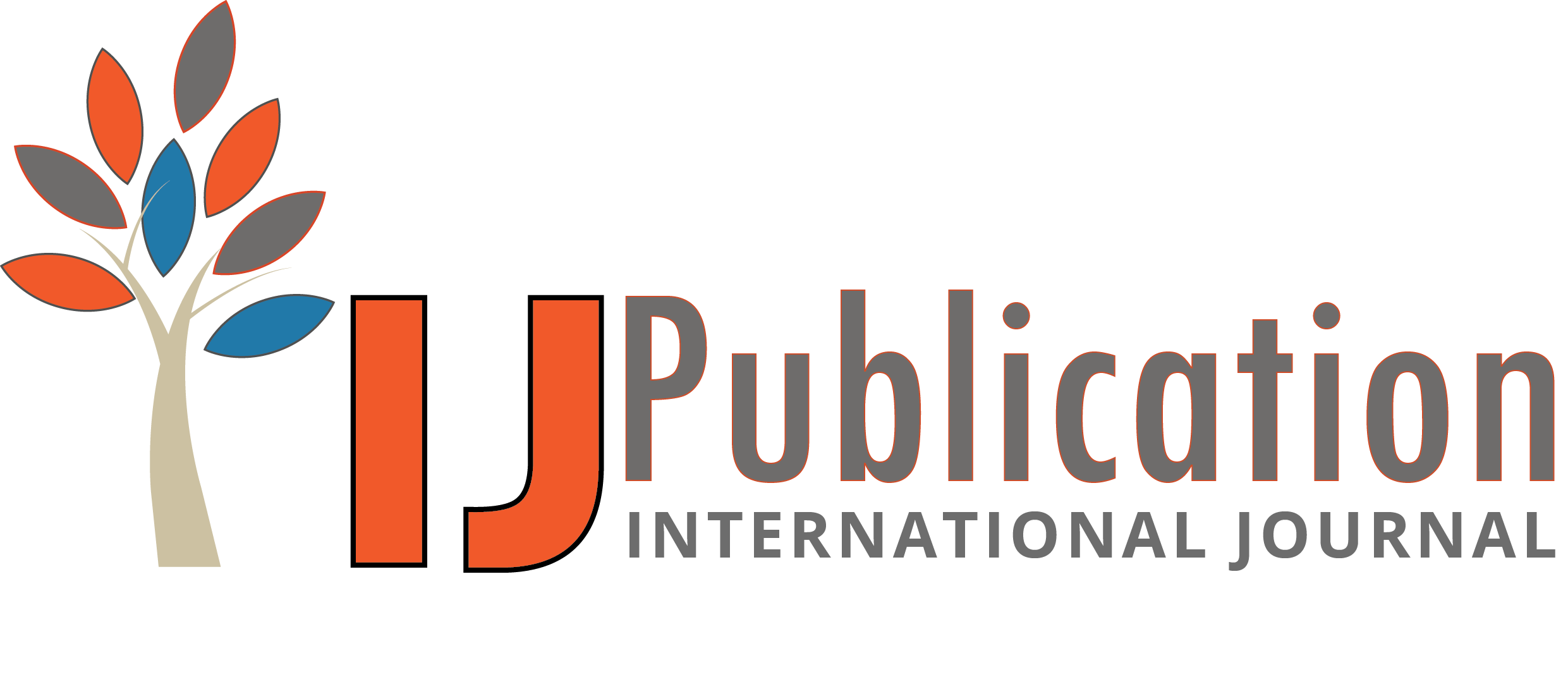Ramesh Krishna Mahimalur Reviewer
04 Nov 2025 03:11 PM
 Approved
Approved
Relevance and Originality
The research article provides a timely and well-structured perspective on the modernization of risk scoring engines through cloud-native and data-enriched architectures. Its relevance is significant, as the insurance industry increasingly depends on scalable frameworks for data-driven decision-making. The originality of the work stems from its practical focus on modular microservice patterns and asynchronous enrichment workflows that elevate both agility and precision in underwriting. The study’s integration of architectural engineering with regulatory alignment reflects a fresh and applied contribution to insurtech systeminnovation riskassessment cloudarchitecture dataprovenance microservices insuranceanalytics.
Methodology
The study applies a layered architectural approach, integrating third-party data streams through standardized APIs, event-based triggers, and schema evolution methods. The framework is both conceptually robust and technically adaptable, offering a clear roadmap for insurers adopting distributed data systems. The use of a real-world example—roof condition assessment through aerial imagery—strengthens the credibility of its implementation strategy. While the design logic is strong, further empirical testing with varied data enrichment types could refine the methodology and offer quantifiable performance benchmarks architectureframework dataintegration modularity scalability operationaltesting microserviceimplementation.
Validity & Reliability
The proposed framework demonstrates strong conceptual validity by adhering to established cloud-native design patterns and compliance-focused governance principles. The emphasis on data lineage and provenance adds reliability by ensuring traceability and regulatory transparency. The arguments are well-grounded, though extended validation through comparative case studies or live performance metrics could bolster reliability across different operational contexts. Nonetheless, the framework’s repeatable architecture supports confident adaptation within insurance technology ecosystems datavalidation regulatorycompliance transparency reliability dataattribution.
Clarity and Structure
The paper maintains a logical and cohesive narrative, moving smoothly from architectural rationale to applied demonstration. Technical terms are well-explained, ensuring accessibility to readers from both IT and insurance backgrounds. The use of consistent sectioning and clear transitions enhances readability, though adding architectural flow diagrams or integration schemas would strengthen visualization and technical clarity organization readability flow conceptualstructure visualrepresentation.
Result Analysis
The results convincingly demonstrate that decoupling enrichment layers from risk logic improves operational performance, compliance visibility, and system maintainability, contributing measurable business and technological benefits to insurance platforms.








Ramesh Krishna Mahimalur Reviewer